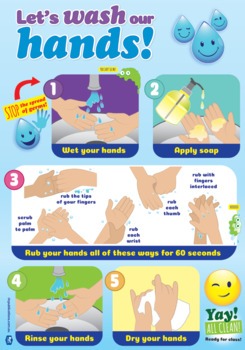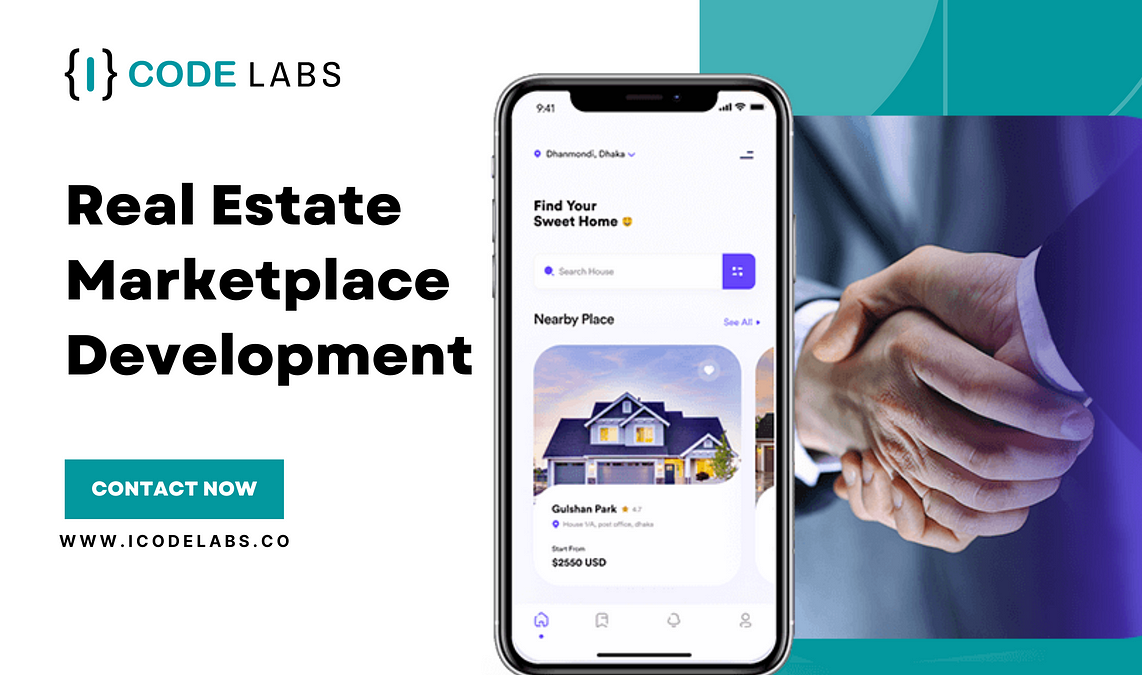Promoting Personal Hygiene Products Through Social Media Campaigns

Executive Summary

The personal hygiene industry is continuously evolving, driven by increasing consumer awareness and demand for products that promote well-being and self-care. Social media platforms offer a powerful channel for businesses to connect with their target audience, build brand awareness, and drive sales for personal hygiene products. This paper explores the key strategies, best practices, and innovative ideas for leveraging social media campaigns to effectively promote personal hygiene products.

Introduction
In today’s digital age, social media has become an integral part of our lives. With billions of active users, social media platforms provide an unprecedented opportunity for businesses to engage with their customers, showcase their products, and influence purchasing decisions. The personal hygiene industry is particularly well-suited to leverage social media, as consumers actively seek information and recommendations for products that enhance their health and well-being.
FAQs
1. How can I use social media to promote personal hygiene products?
- Create engaging content that addresses specific hygiene concerns and solutions.
- Use targeted advertising to reach specific demographics and interests.
- Collaborate with influencers to build credibility and drive brand awareness.
2. What content formats are most effective for personal hygiene promotions?
- Visual content, such as images and videos, can effectively showcase product features and benefits.
- Short, educational videos can provide valuable information and demonstrations.
- Contests and giveaways can generate excitement and engagement.
3. How can I measure the success of my social media campaigns?
- Track key metrics such as reach, engagement, and conversion rates.
- Use social listening tools to monitor brand mentions and customer sentiment.
- Conduct post-campaign surveys to gather feedback and identify areas for improvement.
Top 5 Subtopics
1. Content Creation
- Authentic and Relatable: Create content that resonates with the target audience, addressing their real-life hygiene challenges and aspirations.
- Informative and Educational: Provide valuable information about product ingredients, benefits, and usage tips.
- Visual Appeal: Use high-quality images and videos that capture attention and showcase product features.
- Call-to-Action: Include clear calls-to-action that encourage users to engage with the content or purchase products.
- Influencer Marketing: Collaborate with influencers who align with the brand’s values and have a loyal following in the target market.
2. Targeted Advertising
- Demographic Targeting: Reach specific demographics based on age, gender, location, and interests.
- Behavioral Targeting: Target users based on their online behavior, such as browsing history and previous purchases.
- Lookalike Audiences: Create custom audiences that resemble existing customers or followers.
- Retargeting Campaigns: Remind users who have previously engaged with the brand’s content or products.
- A/B Testing: Experiment with different ad creatives, targeting options, and budgets to optimize performance.
3. Influencer Collaborations
- Identify Suitable Influencers: Partner with influencers who have a genuine interest in personal hygiene and align with the brand’s target audience.
- Create Branded Content: Develop co-created content that seamlessly integrates product messaging into the influencer’s style and perspective.
- Track Campaign Performance: Use analytics to monitor the reach, engagement, and sales generated from influencer partnerships.
- Foster Long-Term Relationships: Build ongoing relationships with influencers to establish credibility and generate ongoing content.
- Leverage User-Generated Content: Encourage influencers to share their experiences with the products and generate organic, authentic content.
4. Social Listening and Engagement
- Monitor Brand Mentions: Track all mentions of the brand and products across social media platforms.
- Respond to Customer Inquiries: Engage with customers promptly and proactively to address concerns and build a positive brand reputation.
- Analyze Customer Sentiment: Use social listening tools to analyze customer sentiment and identify areas for improvement.
- Foster Community: Create online communities where customers can share experiences, ask questions, and engage with the brand.
- Conduct Social Media Audits: Regularly evaluate social media presence to ensure alignment with brand messaging and campaign goals.
5. Measurement and Analytics
- Key Performance Indicators (KPIs): Define specific KPIs to measure campaign performance, such as reach, engagement, conversions, and sales.
- Social Media Analytics: Use platform-specific analytics tools to track metrics such as post impressions, engagement rates, and click-through rates.
- Website Analytics: Monitor website traffic from social media campaigns to assess conversion rates and the impact on sales.
- Customer Surveys: Conduct post-campaign surveys to gather customer feedback and identify areas for improvement.
- Competitive Analysis: Benchmark against competitors to identify best practices and areas of differentiation.
Conclusion
Social media campaigns play a crucial role in promoting personal hygiene products effectively. By leveraging the power of engaging content, targeted advertising, influencer collaborations, social listening, and data-driven analytics, businesses can reach their target audience, build brand awareness, and drive sales. By adopting the strategies and best practices outlined in this paper, personal hygiene brands can harness the full potential of social media to elevate their brands and connect with consumers seeking products that enhance their well-being and self-care routines.
Keyword Tags
- Personal Hygiene Products
- Social Media Marketing
- Content Creation
- Influencer Marketing
- Measurement and Analytics







